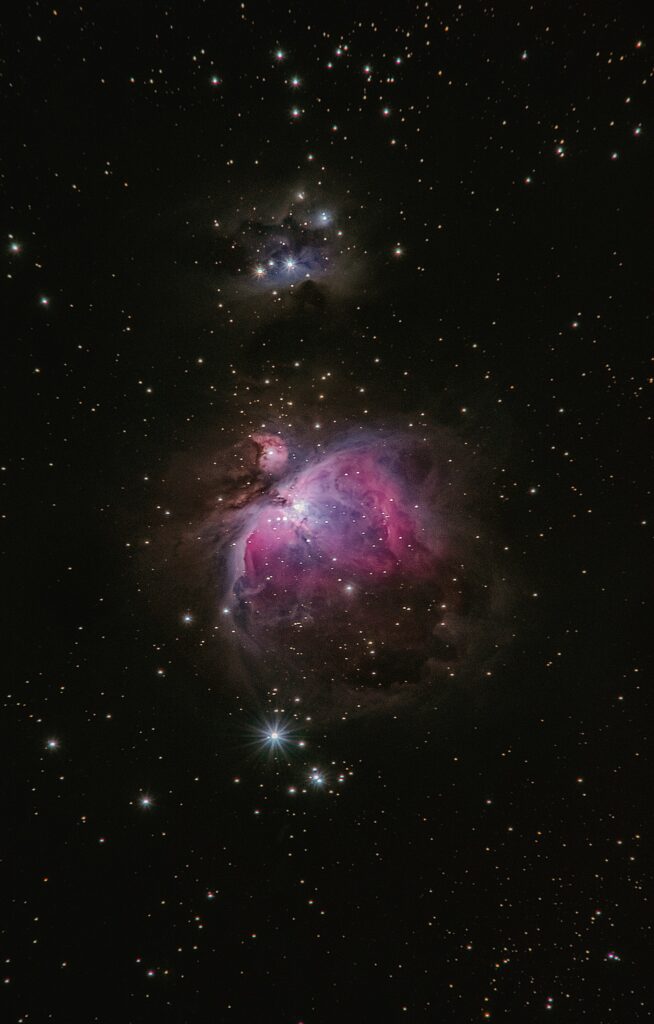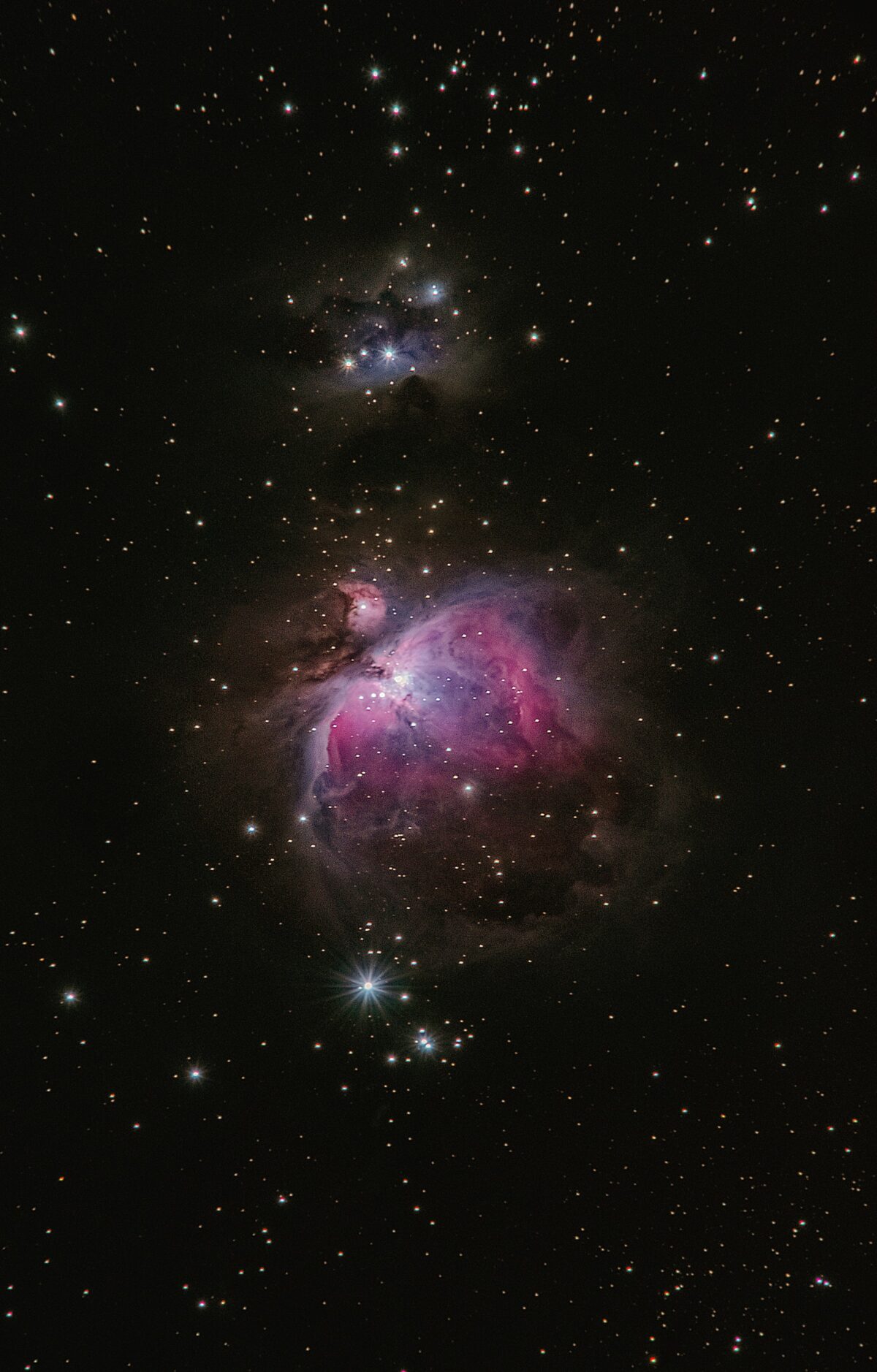|
Getting your Trinity Audio player ready…
|
Gamma-ray bursts (GRBs) are the most luminous transient events in the observed Universe. They were first discovered in 1967 by the Vela satellites flown by the U.S. Department of Defense to look for any possible breach of the Nuclear Test Ban Treaty.

A short video on Gamma-ray bursts
These intense bursts of gamma-ray radiation continue to intrigue and puzzle scientists to this day; however, research in the past decades have revealed much about them including that they are extragalactic in origin, isotropically distributed and that they come in at least two populations depending on whether they last for a
- long (tGRB > 2s), or
- short (tGRB < 2s) time.
Gamma-ray luminosities of GRBs are of the order 1052 ergs−1 which can be compared to the 1033 ergs−1 emitted by our Sun, 1041 ergs−1 by a supernova and 1045 ergs−1 by a whole galaxy. GRBs can last for less than one second to several hundreds of seconds.
For example, a 5400-second-long GRB was reported in [1]. While they last, GRBs can outshine an entire galaxy [2, 3]!
Long bursts are associated with the collapse of massive stars or hypernovae and short bursts are associated with mergers of binaries composed of neutron star–neutron star or a neutron star–black hole [2].
To be honest with you, short bursts were lesser known for a while and we could only guess about their origin. A huge observational leap was, therefore, made when LIGO and Virgo (https://arxiv.org/abs/1710.05834) made the first detection of gravitational waves produced by colliding neutron stars. This observation was the first cosmic event observed in both gravitational waves and light.
As stated here, neutron stars are the smallest, densest stars known to exist and are formed when massive stars explode in supernovas. As these neutron stars spiraled together, they emitted gravitational waves that were detectable for about 100 seconds; when they collided, a flash of light in the form of gamma rays was emitted and seen on Earth about two seconds after the gravitational waves. In the days and weeks following the smashup, other forms of light, or electromagnetic radiation — including X-ray, ultraviolet, optical, infrared, and radio waves — were detected.
That, to me, is fantastic. First direct evidence in the form of both gravitational waves and light from a neutron star–neutron star merger, in my lifetime, wow!
Prior to the observation of gravitational waves, scientists had only light to go on as far as the understanding of GRBs.
This did not hold them back, though, and many theories were formed based on these observations alone, which is highly commendable work and referenced in various parts of the full review that I will publish soon.
From the available gamma-ray observations alone, GRB theorists hypothesized that regardless of the nature of the underlying source or progenitor, GRBs are produced by the dissipation of the kinetic energy of a relativistically expanding fireball.
Scientists suggested that protons may be Fermi accelerated in this dissipation region to energies > 1020 eV. Theorized interactions between fireball gamma-ray photons of energy ∼ 1MeV and accelerated protons of energy ∼ 1015 eV may lead to photo-meson production of pions that may decay resulting in an accompanying burst of ∼ 1014 eV neutrinos (Waxman et al. [4, 5]).
What that means is the detection of GRB neutrinos would provide unambiguous proof for hadronic acceleration in these cosmic explosions and could also explain the origin of the cosmic ray flux at ultra-high energies. Therein lies the importance of detecting neutrinos from sources such as GRBs, but also, I am a biased person who likes neutrinos.
Gamma-ray bursts have a prompt and afterglow emission as explained in this short video.
Since I mentioned cosmic ray flux… you wonder, what is that and who cares?
Cosmic rays are simply charged particles that hit the Earth from outer space all the time. Their sources, too, may be quite interesting and potentially the same as the sources of the neutrinos that are interesting to us in the review (coming soon!). Fortunately, or unfortunately, many people care about the cosmic ray flux and its behavior at different energies.
As for me, I care about neutrinos, and nothing would be more exciting than to detect neutrinos from sources as interesting and elusive as GRBs. Neutrinos, along with light and gravitational waves, would be yet another useful messenger of the physics that drives the most exotic events in the sky.
References cited in this article:
- Hurley, B. L. Dingus, R. Mukherjee, P. Sreekumar, C. Kouveliotou, C. Meegan, G. J. Fishman, D. Band, L. Ford, D. Bertsch, T. Cline, C. Fichtel, R. Hartman, S. Hunter, D. J. Thompson, G. Kanbach, H. Mayer-Hasselwander, C. von Montigny, M. Sommer, Y. Lin, P. Nolan, P. Michelson, D. Kniffen, J. Mattox, E. Schneid, M. Boer, and M. Niel. Detection of a γ-ray burst of very long duration and very high energy. nat, 374:94, March 1995.
- M´esz´aros. Gamma-ray bursts. Reports on Progress in Physics, 69:2259–2321, August 2006.
- Bustamante. Ultra-high-energy neutrinos and cosmic rays from gamma-ray bursts: exploring and updating the connection.
- Waxman. Gamma-Ray Bursts: The Underlying Model. In K. Weiler, editor, Supernovae and Gamma-Ray Bursters, volume 598 of Lecture Notes in Physics, Berlin Springer Verlag, pages 393–418, 2003.
- Waxman and J. Bahcall. High Energy Neutrinos from Cosmological Gamma-Ray Burst Fireballs. Physical Review Letters, 78:2292–2295, March 1997.


Leave a Reply